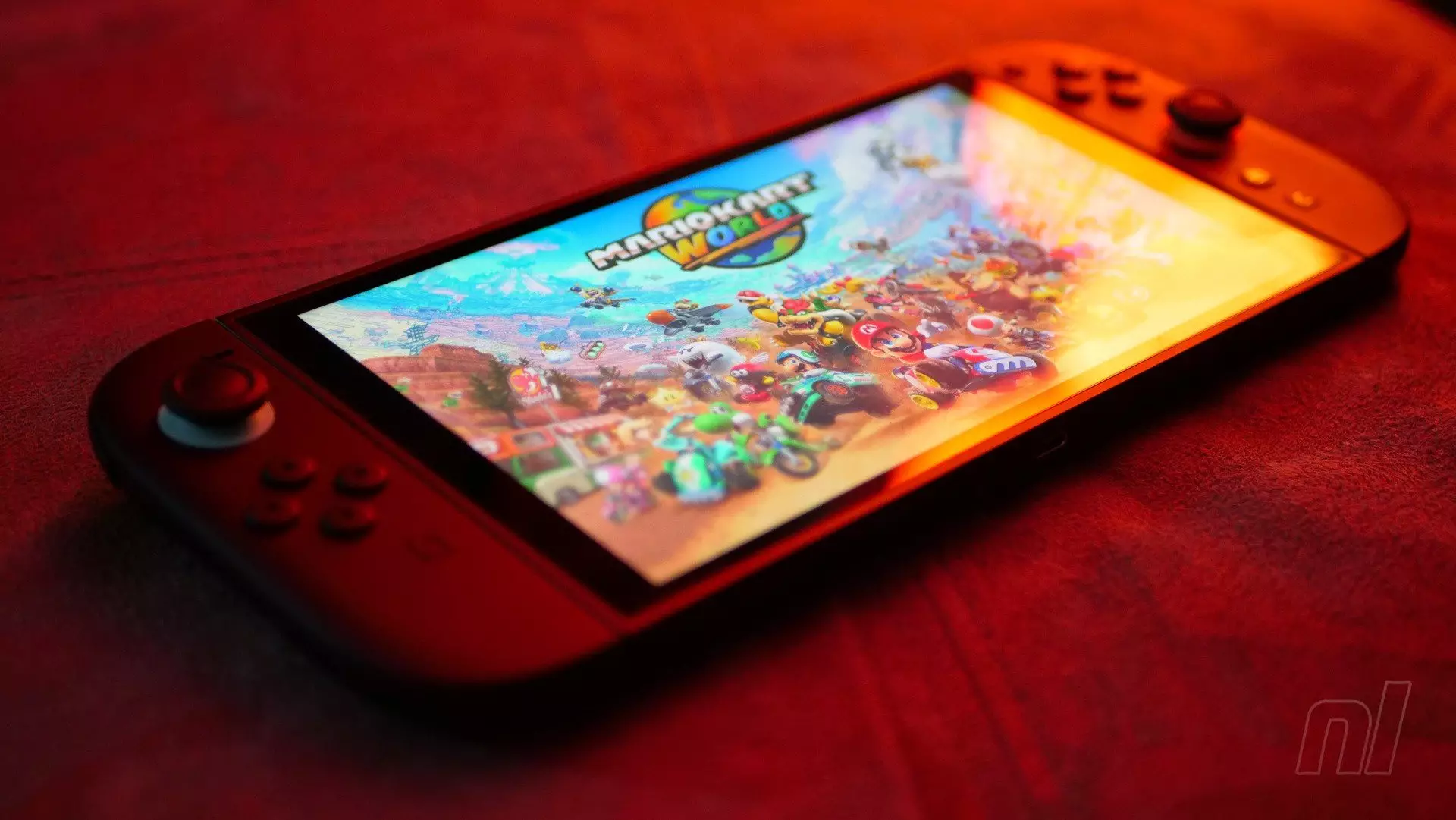When Nintendo announced the Switch 2, the gaming community anticipated a leap forward in performance and design. The inclusion of a more robust fan system hinted at Nintendo’s recognition of the increased thermal output expected from more powerful components. However, this proactive upgrade has inadvertently exposed an unexpected obstacle: overheating issues that threaten user experience and device longevity. The excitement surrounding the console’s capabilities is now coupled with concerns about thermal regulation, which could undermine the reliability of Nintendo’s ambitious new hardware.
Reported Incidents Illuminate a Potential Flaw
Multiple reports from Japanese users reveal unsettling symptoms—game crashes, loud fan noises, and even consoles becoming too hot to handle. Such anecdotes, while anecdotal, point to a recurring problem that merits serious consideration. For instance, a user mentioned that the device became so hot it was impossible to hold, signaling that thermal management might be insufficient for some environments or use cases. Others highlight the fan’s incessant roar, which translates from frustration into potential hardware strain over time. Though not all reports directly confirm overheating as the cause, the correlation between fan activity and system crashes raises red flags about the console’s cooling efficacy.
Is the Issue Widespread or Just Isolated Cases?
Despite anecdotal reports, Nintendo’s official stance remains cautious. The company emphasizes the importance of proper ventilation and avoiding heat sources—advice that seems simple but can be overlooked in real-world scenarios. Some users, including reviewers and early adopters, report only mild warmth after extended play, with no immediate signs of overheating. This variance suggests that environmental factors, user practices, or manufacturing inconsistencies may influence the severity of these issues. As the device is still relatively new to the market, comprehensive data on the frequency and severity of overheating problems have yet to emerge, but early signs indicate it’s a potential challenge that Nintendo must urgently address.
Implications for Future Gaming Hardware Development
The overheating reports serve as a stark reminder that ambitious hardware upgrades must be paired with equally advanced thermal solutions. Simply adding more powerful components without considering heat dissipation can lead to performance throttling or hardware damage. Nintendo’s experience with the Switch 2 underscores the importance of balanced engineering—one that accounts for user environments, proper cooling systems, and firmware optimizations. For gamers, this means being mindful of placement and usage conditions, but for Nintendo, it emphasizes that even top-tier hardware needs robust, fail-safe cooling solutions if it is to stand the test of time.
Looking Ahead: The Path to Resolution
While it’s too soon to declare a definitive flaw, the reports of overheating should serve as a catalyst for Nintendo to revisit its thermal management strategies. Firmware updates, design revisions, or even hardware recalls might be necessary if these issues prove persistent and widespread. For now, early adopters must exercise caution—maintaining adequate ventilation, avoiding direct sunlight, and monitoring their console’s temperature during intensive gaming sessions. In the grand scheme, Nintendo’s challenge is to turn this heat issue into an opportunity to refine the hardware, ensuring that the Switch 2 provides not only powerful gaming experiences but also reliable performance that gamers can trust over the long haul.

